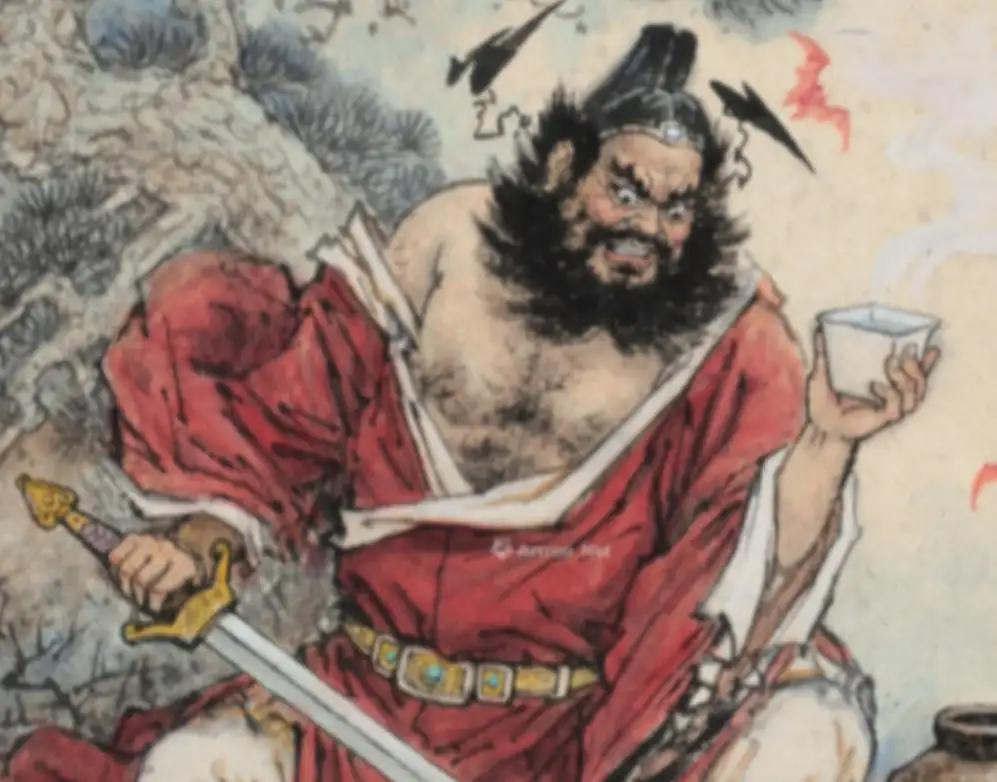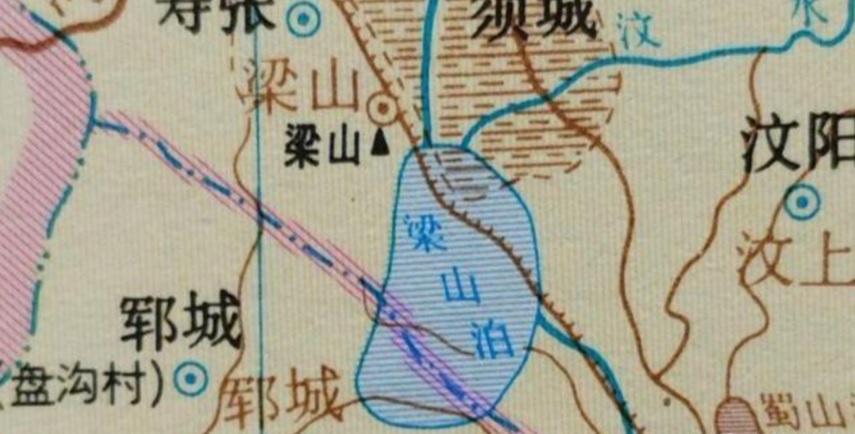Zhong Kui is a renowned deity in Taoism known for capturing ghosts, honored as the “Bestower of Blessings and Protector of Homes.” He is typically depicted with a leopard-like head, round bulging eyes, an iron-face, and coiled beard—a strange yet imposing appearance full of righteous energy. Though ugly, his image is highly intimidating. He holds a sword and carries a gourd at his waist used for subduing ghosts, which serves as an important tool in his ghost-catching and demon-exorcising duties.
There are multiple versions of legends about Zhong Kui’s life. The most well-known is the story from the Tang Dynasty under Emperor Dezong, where Zhong Kui, due to his ugly appearance, failed the imperial examination to become the top candidate (zhuangyuan). In anger, he took his own life, but was later enfeoffed by the Heavenly Emperor as a Sacred Lord tasked with slaying demons and eliminating monsters. Another account suggests that Zhong Kui was originally from A Fu Quan in the Zhongnan Mountain area of Hu County, Shaanxi Province during the Tang Dynasty. He was highly talented and knowledgeable, but due to his upright and unyielding character, he was never entrusted with important roles in the imperial court. He eventually committed suicide and after death became a deity specializing in capturing evil spirits.
Zhong Kui belongs to the Taoist mythological system and is revered as the god specifically responsible for beating ghosts and expelling evil. Among the people, it is common to hang portraits of Zhong Kui to ward off evil and disaster, praying for peace and good fortune. He is also regarded in Taoism as the only omnipotent deity who responds to all pleas, endowed with profound mystical significance and religious value.
The belief in Zhong Kui has a deep influence in folk culture, reflected not only in traditional customs such as hanging Zhong Kui images and performing Zhong Kui dances, but also in various forms of art and literature. Themes related to Zhong Kui frequently appear in operas, novels, and paintings.
In Southeast Asia, the belief in Zhong Kui is also very widespread. Many villages have Zhong Kui shrines, create Zhong Kui straw dolls, place Zhong Kui tiles on tiled roofs, perform Zhong Kui Nuo dances, and hang Zhong Kui banners, among other practices.
Despite his extremely ugly appearance, Zhong Kui embodies righteous energy, representing the power of justice and courage. His ability to capture ghosts and expel evil symbolizes people’s detestation of malevolent forces and their yearning for a better life. At the same time, as a deity who bestows blessings and protects homes, Zhong Kui also embodies people’s aspirations for family happiness and social tranquility.





Alright everyone, been spending some time over at bmw555com. It’s got some cool features, might be your thing: bmw555com